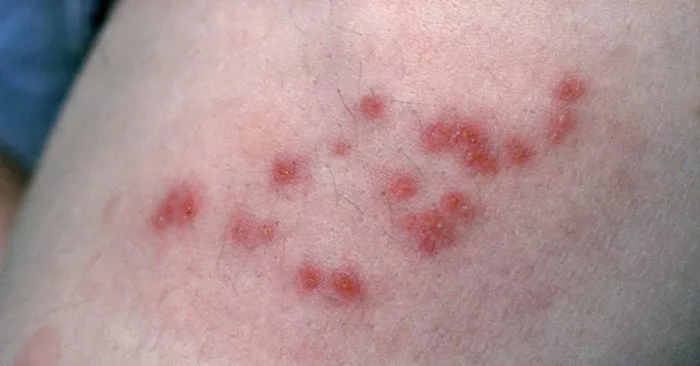Shingles, also known as herpes zoster, is a viral infection caused by the varicella-zoster virus, the same virus that causes chickenpox. While shingles itself is not contagious, the varicella-zoster virus can be transmitted to individuals who have not had chickenpox or the varicella vaccine, leading to the development of chickenpox rather than shingles. This transmission occurs through direct contact with the fluid from the blisters of a person with shingles. Understanding the contagious period of shingles is crucial for both patients and healthcare professionals to prevent the spread of the virus and mitigate its impact on public health.
The Contagious Period: A Complex Timeline
The contagious period of shingles can be divided into several phases, each with its own implications for transmission and public health management.
Phase 1: Pre-Rash Stage
Before the characteristic rash of shingles appears, individuals may experience symptoms such as pain, tingling, or burning sensations in the affected area. During this pre-rash stage, the virus can still be active and potentially contagious. However, because there are no visible signs of the infection, transmission risk is generally lower compared to later stages of the illness.
Phase 2: Active Rash Stage
Once the rash appears, typically characterized by clusters of fluid-filled blisters on one side of the body, the contagious period enters its most critical phase. The fluid within the blisters contains the varicella-zoster virus, which is highly contagious. Direct contact with these fluid-filled blisters poses the greatest risk of transmitting the virus to susceptible individuals.
Phase 3: Crust Formation and Healing
As the rash progresses, the blisters may rupture and crust over, eventually leading to the formation of scabs. During this phase, the risk of transmission decreases as the amount of virus present in the blisters diminishes. However, caution should still be exercised to prevent contact with the fluid from the blisters until the rash has completely healed.
Duration of Contagiousness: What the NHS Recommends
The National Health Service (NHS) provides guidelines regarding the duration of contagiousness for shingles based on the stages of the illness and the presence of certain risk factors.
General Timeline
According to the NHS, individuals with shingles are considered contagious from the onset of the rash until the last blister has crusted over. This period typically lasts around 7 to 10 days but may vary depending on individual factors such as the severity of the infection and the effectiveness of treatment.
Factors Affecting Contagiousness
Several factors can influence the duration and intensity of contagiousness in individuals with shingles:
1. Immunocompromised Individuals: People with weakened immune systems, such as those undergoing chemotherapy or living with HIV/AIDS, may shed the virus for a longer period and have a higher risk of transmitting it to others.
2. Age: Older adults may experience more severe symptoms and have a longer contagious period compared to younger individuals.
3. Underlying Health Conditions: Certain underlying health conditions, such as diabetes or chronic respiratory diseases, can prolong the duration of shingles and increase the risk of complications, including transmission.
Prevention Strategies and Public Health Measures
Preventing the transmission of the varicella-zoster virus is paramount to controlling the spread of shingles and protecting vulnerable populations. The NHS recommends several strategies to reduce the risk of transmission:
1. Avoiding Direct Contact: Individuals with shingles should avoid close contact with individuals who have not had chickenpox or the varicella vaccine, especially pregnant women and newborns.
2. Practicing Good Hygiene: Washing hands frequently with soap and water, especially after touching the rash or its fluid, can help reduce the risk of transmitting the virus.
3. Covering the Rash: Keeping the rash covered with a loose bandage or clothing can prevent the virus from spreading to others.
4. Avoiding Certain Settings: People with shingles should refrain from activities that involve close contact with others, such as swimming in public pools or participating in contact sports, until the contagious period has passed.
Conclusion
Understanding the contagious period of shingles is essential for effective prevention and management of this viral infection. By following the guidelines provided by the NHS and implementing appropriate prevention strategies, individuals can reduce the risk of transmitting the virus to others and minimize the impact of shingles on public health. Additionally, vaccination against chickenpox and herpes zoster can further reduce the incidence of shingles and its associated complications, highlighting the importance of comprehensive immunization programs in disease prevention.
Related Topics:
Is Shingles Dangerous for Pregnant Ladies?

























